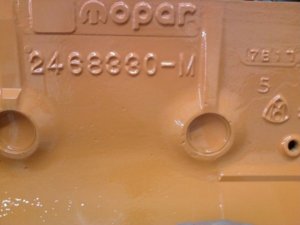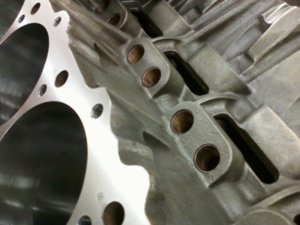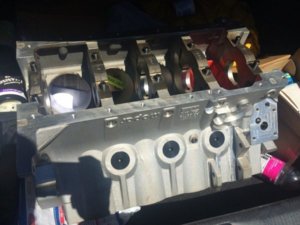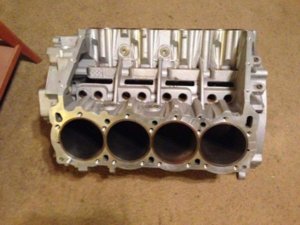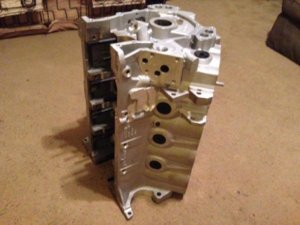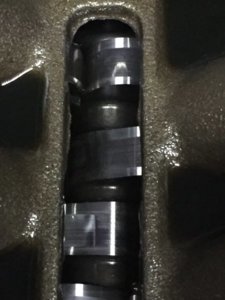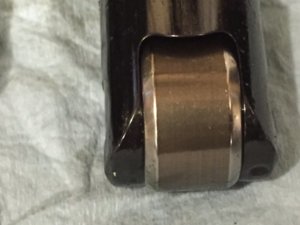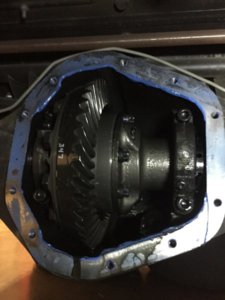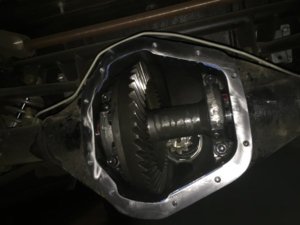We Machine EVERYTHING ourselves in house, and we then ASSEMBLE everything we machine in house, and then we DYNO everything we assemble.... NO exceptions !
From bushing Lifter Bores to Boring/Honing W/T Plate, Block Squaring/Milling, Line Boring(main caps) to Line Honing, Heads/Porting/Flowing/Balancing/Rods... we do it all in house, because we HAVE TO ... very simply.... to get what WE want ?
We Dyno for 2 reasons:
* we want to PROVE our work before it leaves, in the customers presence, to their satisfaction and make sure of NO issues.
* Get the Engine to optimum... and best SAFE efficiency for the Customer.
I am of the opinion that the "averages" on a power curve can be directly proportional to enhanced E.T. gains ?
I mean it is an Elapsed Time within which those Dyno sought after greater "averages" are then applied,
notwithstanding,
whether or not other factors related to IF the Car/Combo can then accept/apply those enhanced averages, garnered on the Dyno to lower times ? another story...
We've seen Comp Eliminator/quick 16 stuff where NO.... the Car simply could NOT transfer the enhanced averages to E.T., it went slower, but it was the Car/suspension being overpowered to lose 60ft = slower ET on the still higher mph.
You are right about the high cost, but it's more like $1,200/day base average for us(lucky to be there).
But similarly in this industry, if a guy can still call it that LOL ?
WHY is .050" or less still being held as the "optimum" quench distance by Engine builders, and Engine "assemblers" alike ?
I mean it is pretty much "accepted" as LAW these days ? is it not ? Has been for awhile ?
Amazing to me,(and admittedly here I must be getting too old),
is that in this day and age many people/builders/assemblers still "accept" that ONE dimension(.050" Quench), across ALL Bore Sizes from 4.00" to 4.600", across ALL Dome & Chamber characteristics, across ALL Ferd/Chub/Mopar Brands, across ALL Cam events from IR to staggered ramps, across ALL Intake/Exhaust scavenging...... as being the most conducive to best overall engine efficiency across ALL applications ?
In my opinion only,
the INDY/Zeeker 440-1 Head does not react the same as the 600-13, nor the Victor, nor the Predators..... to the same Dome setup, "quench" distance, nor in Total Timing. I will leave any discussions therein around context of "properly" built Engines requirements for each application for Dyno testing.

